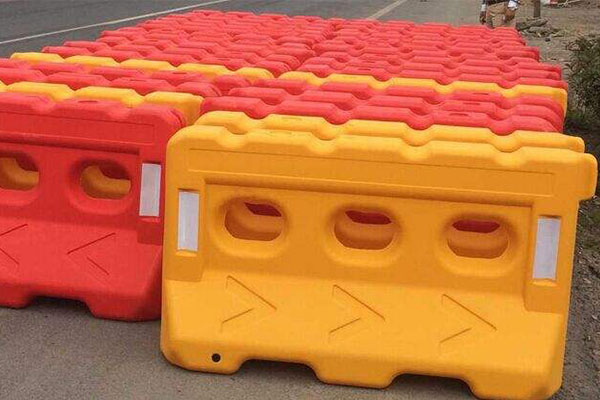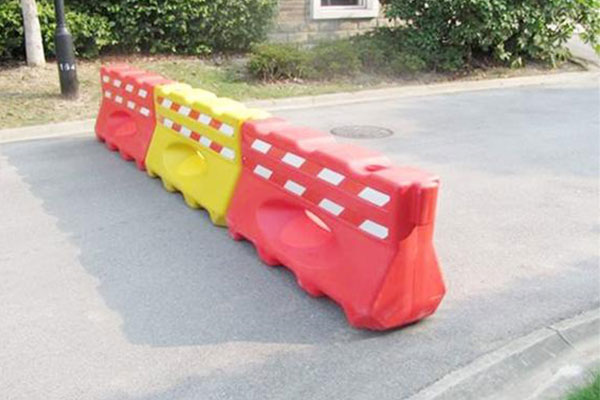Benefits of Water Filled Barriers over Concrete Barriers
In recent years, the demand for effective traffic management solutions has surged, leading to a variety of barrier options for construction sites, roadworks, and events. Among these, water filled barriers have gained significant attention as a superior alternative to traditional concrete barriers. This article explores the benefits of water filled barriers over concrete barriers, highlighting why they are increasingly favored by safety professionals and event planners alike.

What Are Water Filled Barriers?
Water filled barriers, also known as water barricades or water barriers, are modular plastic units that can be filled with water to provide stability and weight. These barriers are designed for easy transport and setup, making them ideal for temporary and permanent installations. Unlike concrete barriers, which are heavy and cumbersome, water filled barriers offer a flexible and efficient solution for a variety of applications.
Advantages of Water Filled Barriers

1. Lightweight and Portable
One of the most significant advantages of water filled barriers is their lightweight design. When empty, they are easy to transport, requiring less manpower and fewer resources. This portability allows for quick deployment and repositioning, which is particularly beneficial for temporary road closures, events, or emergency situations.
2. Safety and Impact Resistance
Water filled barriers are designed to absorb impact, reducing the risk of vehicle damage and injury. Unlike concrete barriers, which can cause severe damage upon impact, water filled barriers can minimize the effects of collisions. Their design allows them to deflect vehicles more effectively, making them a safer option for high-traffic areas.
3. Cost-Effective Solution
While the initial purchase price of concrete barriers may seem lower, the long-term costs can be significantly higher. Water filled barriers reduce transportation and labor costs due to their lightweight nature. Additionally, they require less maintenance and are easier to store, leading to overall savings for companies and municipalities.
4. Versatility and Flexibility
Water filled barriers are incredibly versatile, suitable for a wide range of applications including:
- Traffic Control: Redirecting vehicles during roadworks or accidents.
- Event Management: Creating safe perimeters for festivals, concerts, and sports events.
- Construction Sites: Protecting workers and the public from hazards.
Their modular design allows for easy configuration, accommodating various site layouts and requirements.
5. Environmentally Friendly
Unlike concrete barriers, which require significant energy to produce and transport, water filled barriers are made from recyclable materials. Additionally, they can be drained and reused, reducing waste and environmental impact. Their use also promotes a cleaner and greener approach to traffic management.
6. Easy Installation and Removal
Setting up water filled barriers is a straightforward process, often requiring no specialized equipment. They can be filled on-site with water, allowing for rapid installation and removal when no longer needed. This ease of use is especially advantageous for temporary installations where quick setup is essential.
Conclusion
In the ongoing quest for effective traffic management and safety solutions, water filled barriers clearly outperform traditional concrete barriers in numerous aspects. Their lightweight design, safety features, cost-effectiveness, versatility, environmental benefits, and ease of installation make them an ideal choice for a wide range of applications. As industries continue to prioritize safety and efficiency, the adoption of water filled barriers is likely to increase, establishing them as the preferred solution in traffic control and event management.

